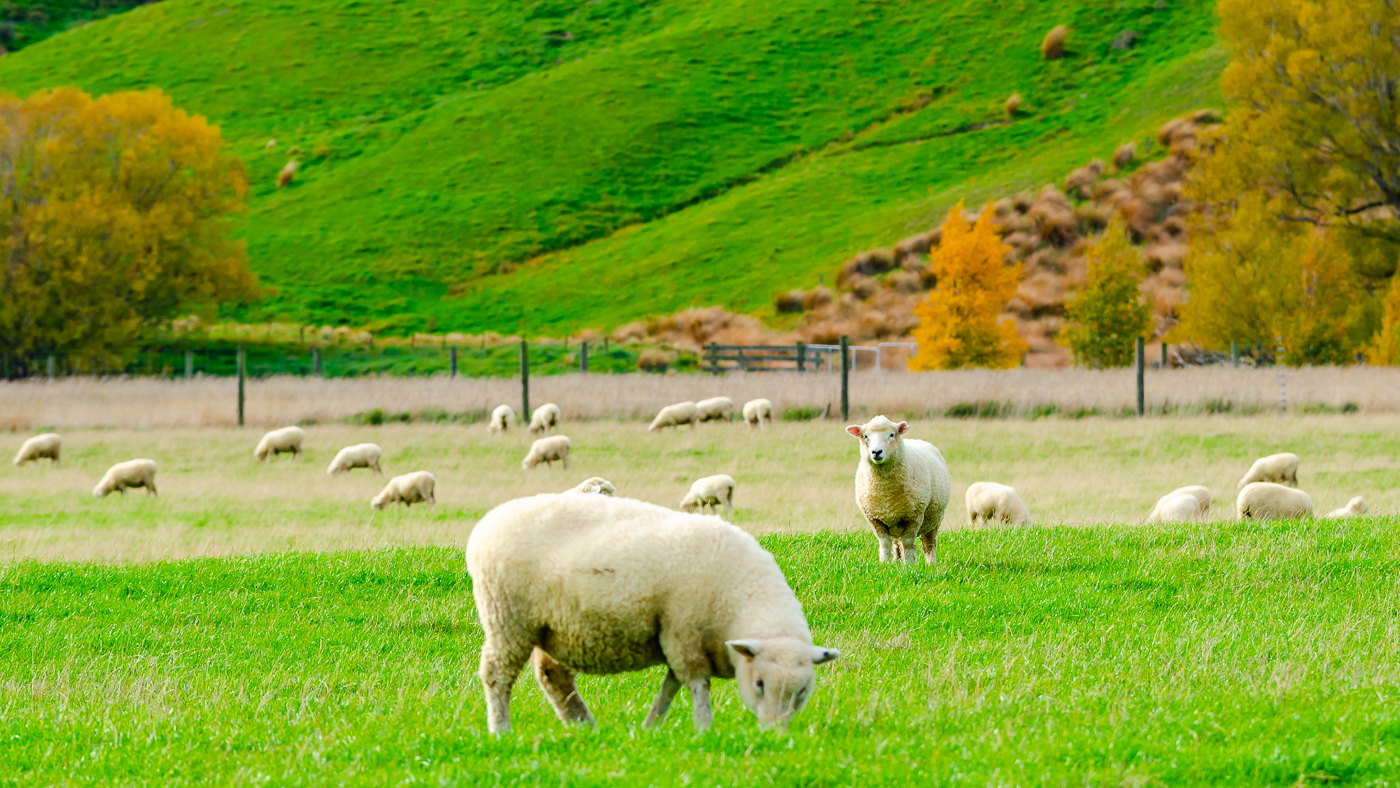
When selecting genetics in replacement stock, it takes years or decades to see the desired traits come through. The same occurs with worms – historical farm practices have determined the genetics of the worm population that is on your farm today. Nationwide, there is a general perception that drench resistance is becoming more prevalent, and of particular concern is the increase in triple drench resistance.
As many drug companies have disappeared or merged into bigger companies, it seems less likely that any new drenches will be making their way on to the market. We need to protect the efficacy of the drench families we have available. The majority of the worm population is on the pasture as eggs rather than in the animal.
Pastures resown after cropping are ‘clean’ and great for maximising growth rates of young stock. Keep in mind that you want the pasture to be reseeded with a susceptible worm population. It is risky to move recently drenched animals onto clean pasture as there will not be any susceptible worms to dilute out the survivors. Have a plan in place to deal with this. One idea would be to make sure there is refugia of 5-10% undrenched animals running in the mob: this could be a mature class of stock (dry ewes/ rams). Alternatively, depending on the situation, you could leave a proportion of the mob undrenched. Grazing a tidy-up undrenched mob after the young stock is yet another option.
Being aware of resistance issues early on in the piece gives you a chance to change practices and prevent the situation from escalating. Faecal egg counts (FEC) are a cheap and easy tool to give an indication of worm burden. With sheep, FECs can be carried out before drenching to see if a drench is needed. An FEC in both cattle and sheep, carried out 10 days after drenching, is useful to check that the drench has worked. Put it on your calendar to remind you to bring in 10 faecal samples to the clinic.
Getting some intentional control over the worm population on your farm now is the best way to ensure you are breeding susceptible worms while maximising productivity and animal welfare. Just as every farm is unique in what it is able to achieve and what it is aiming for, so every farm will need a unique plan to tackle its management of parasites. There is no one-size-fits-all plan. Blindly relying on drenching as the sole means for keeping worms in check will not be sustainable for a profitable future.
Katie Ball – Vetlife Oamaru